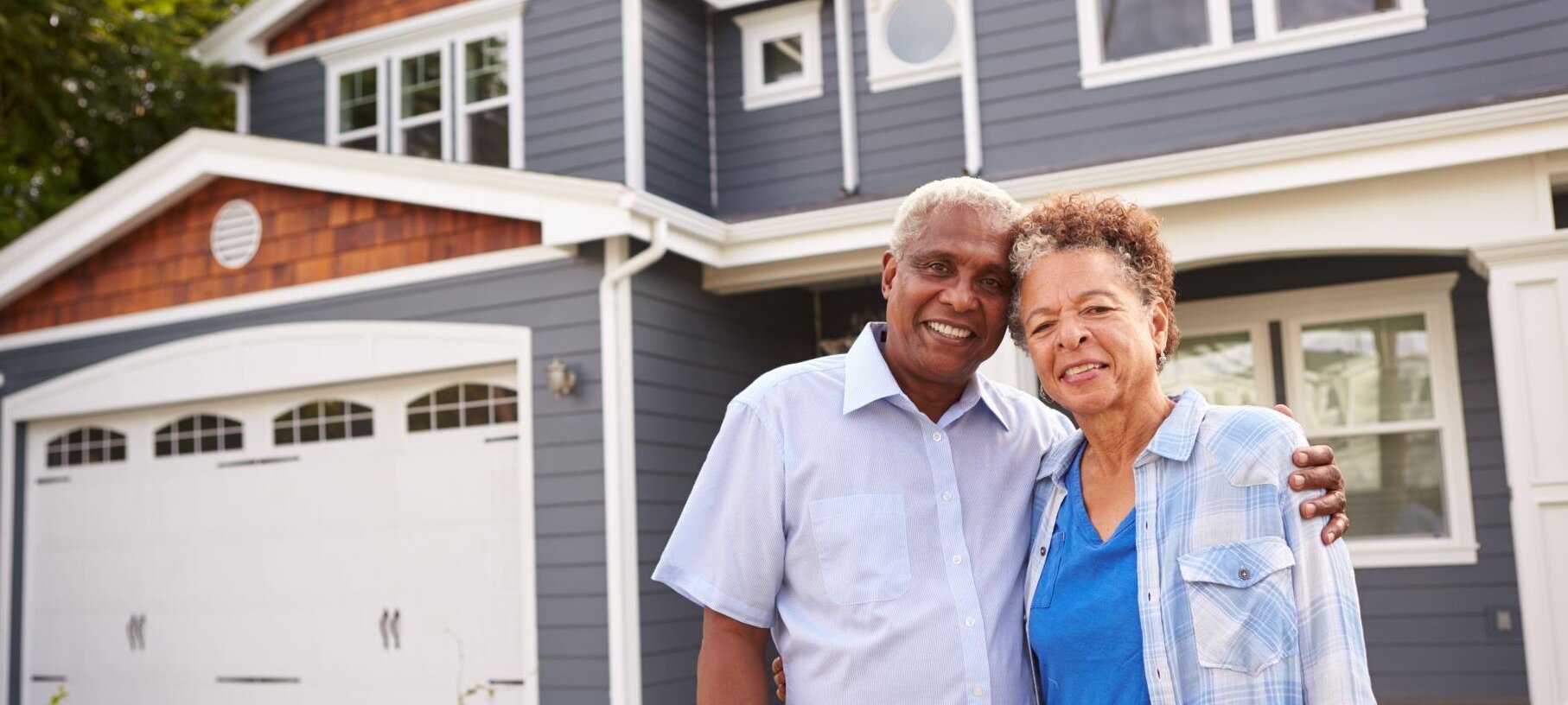
Resource Category: Housing and Homeownership
Homeownership provides families with a stable place to live and, due to preferential policy treatment in the U.S. context, homeownership is also a core vehicle for wealth accumulation. However, the long history of discriminatory housing policies, including redlining, racial covenants, steering, exclusionary zoning, and predatory lending, have led to stark racial disparities in homeownership and, consequently, wealth.
Why Housing & Homeownership Matters
Homeownership provides economic security and is a core vehicle for household wealth accumulation. It imparts families not only with a stable place to live, but also tax benefits and, often, protection from rising rents. For most low and moderate income households, their home is also their largest source of non-retirement wealth.
However, the long history of discriminatory housing policies, including redlining, racial covenants, steering, exclusionary zoning, and predatory lending, have led to stark racial disparities in homeownership rates. Because of this, increasing homeownership for Black and other communities of color is viewed as a core strategy for closing the distance in racial wealth holdings between racial groups.
There is also evidence that homeownership is a less-effective tool for wealth accumulation for Black families due to ongoing patterns of discrimination. Black homeowners, for instance, have their homes appraised at lower values than White families and are often subject to paying higher insurance rates.
Strategies for closing racial homeownership gaps include things like subsidized mortgage products and down payment assistance programs. Longer-term strategies also include anything that increases the supply of lower-cost starter homes.
In a high-cost, low-supply housing market, like Greater Boston, there is ongoing debate about how these sorts of long-term and short-term housing strategies should be prioritized.

